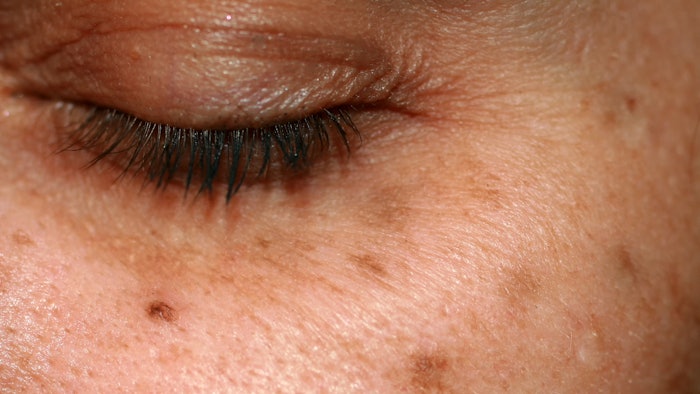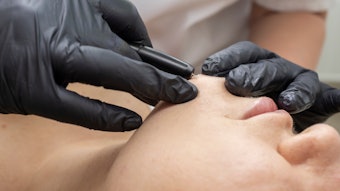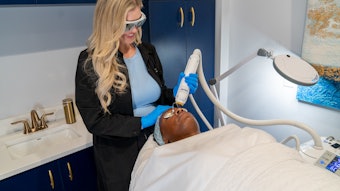
The same research team that developed cryolipolysis for fat cell destruction is now investigating the use of cryotherapy to remove pigment from the skin. In Lasers in Surgery and Medicine (September 2021), Gary S. Chuang, William Farinelli and R. Rox Anderson of the Wellman Center for Photomedicine shared their investigational technique for selective cryolysis of melanocytes.
Related: Melasma Diagnosis and Management: An Evidence-Based Approach
For the study, the researchers investigated the roles of controlled skin freezing, tissue temperature and exposure time in inducing selective loss of melanocytes and skin depigmentation in Yucatan pig skin.
They found that cold sensitivity of melanocytes can be harnessed to selectively remove melanocytes while sparing surrounding keratinocytes through contact cooling of the skin surface.
Related: Cryolipolysis May Offer Skin-Tightening Benefits
Selective loss of epidermal melanocytes occurred when the tissue temperature reached −7.5°C or cooler with an exposure time of 10 minutes or longer, leading to partial skin depigmentation in swine skin. Longer exposures combined with colder temperature exposure led to more complete depigmentation in the treated skin surface.
Having demonstrated that it is possible to selectively target melanocytic lesions using skin cooling to achieve tissue temperatures capable of inducing selective loss of melanocytes without skin necrosis or scarring, the authors concluded that additional studies are needed to optimize the treatment conditions to prolong the selective removal of melanocytes.











